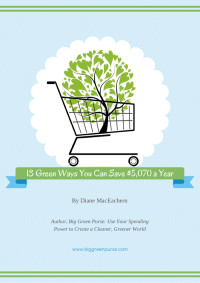It’s easy to overlook the environmental impact of plastic when it’s so convenient to just throw it away. But as these photos by photographer Chris Johnson shows, there’s no “away.” A lot of what we think we’ve safely disposed of ends up in a huge, toxic “garbage patch” swirling millions of miles away in the Pacific Ocean. The plastic is mistaken for food by adult birds who unwittingly feed it to their babies — and kill them.
We’re spending way too much time debating “whether” we should rid our culture of plastics.
We should.
Now.
NOTE: These photographs of albatross chicks were made just a few weeks ago on Midway Atoll, a tiny stretch of sand and coral near the middle of the North Pacific. Says Chris Johnson, “On this diet of human trash, every year tens of thousands of albatross chicks die on Midway from starvation, toxicity, and choking.
“To document this phenomenon as faithfully as possible, not a single piece of plastic in any of these photographs was moved, placed, manipulated, arranged, or altered in any way.
“These images depict the actual stomach contents of baby birds in one of the world’s most remote marine sanctuaries, more than 2000 miles from the nearest continent.”
Take a look at the rest of Chris’ photos, then take stock of how much plastic you use. Do you see how many bottle caps are in the birds’ stomachs? If you’re still drinking water, soda and juice from plastic bottles, isn’t it time, at the very least, to switch to reusable water bottles and drinks in cans? Get more suggestions to live life plastic-free at FakePlasticFish.






I used to live on Lake Erie, birds eating trash of all types was sadly common. I agree that we must do everything we can to clean up our waterways so this will not happen. However, do you notice that the plastic trash in the photos is always larger than a birds stomach and in some photos as large or larger than the bird’s body? It makes a skeptical when I’m told that these birds managed to eat more than their actual body size. hmmm…